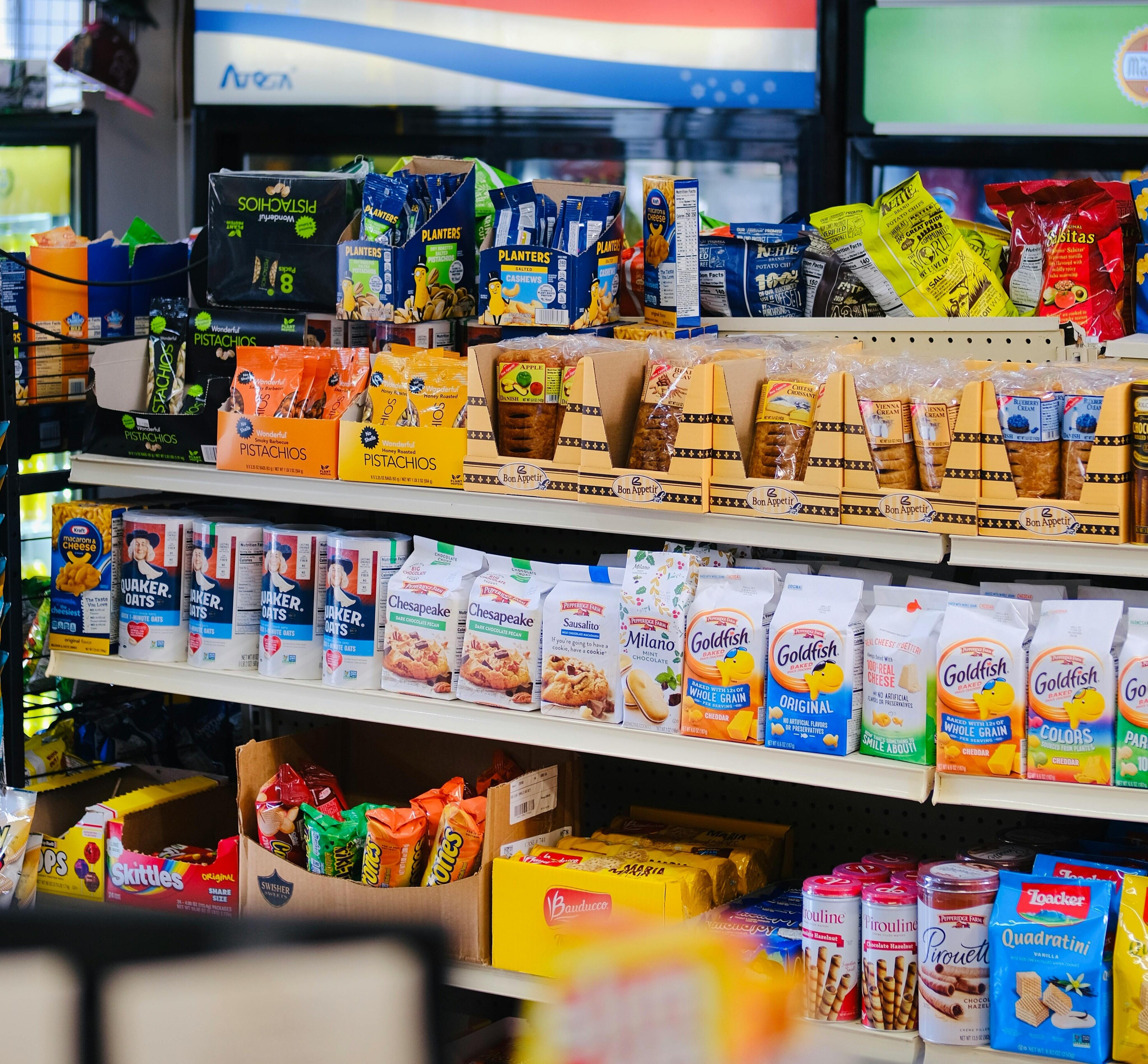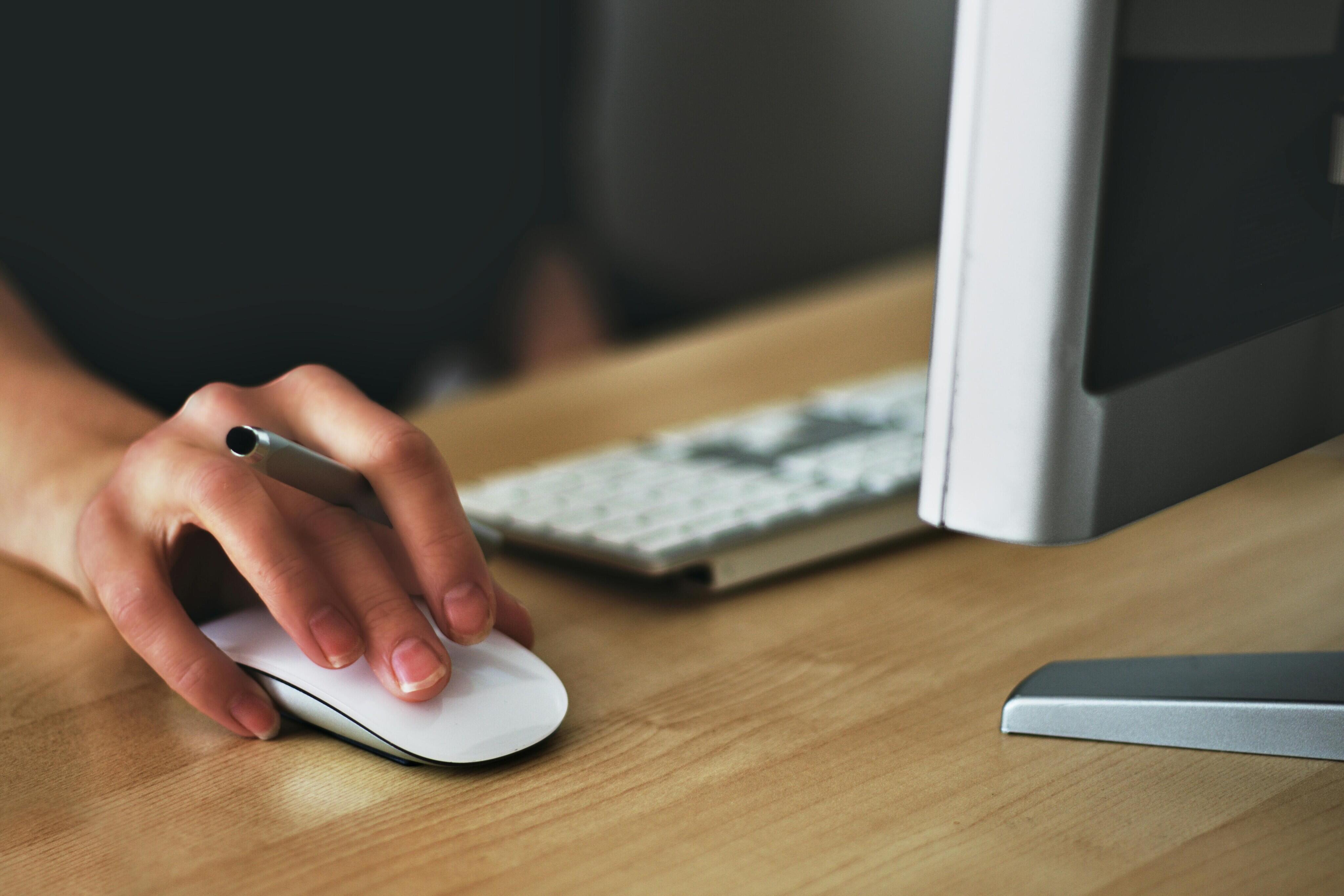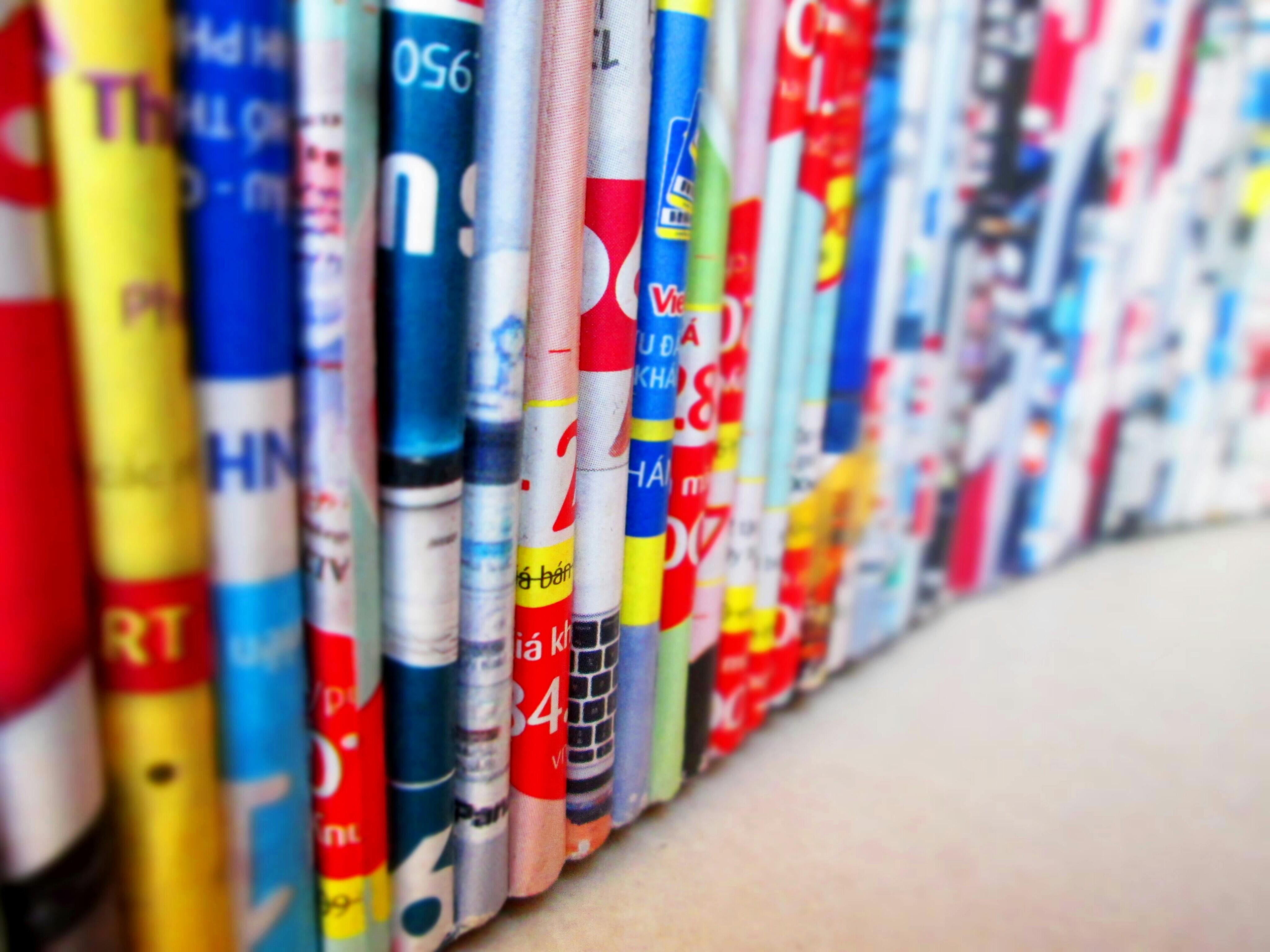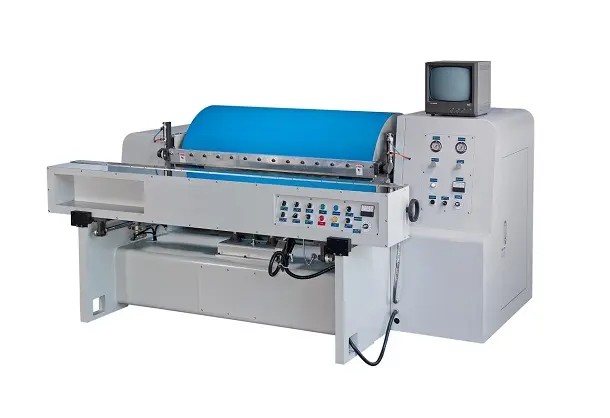Rotogravure Printing Process: Engraving, Proofing & Printing
When you visit a grocery store, you'll notice eye-catching packages on products like candies and chips. Have you ever wondered how these packages are made? In fact, creating packaging involves several steps, such as printing, lamination, slitting, and bag making. Among these steps, printing plays a key role in giving vibrant designs. One of the most popular printing methods is rotogravure printing, a reliable technique known for its high-quality results. In this article, we'll delve into the rotogravure printing process and help you gain a deeper understanding of this traditional yet highly effective printing method.
Rotogravure Printing: A Quick Overview
Rotogravure printing, also known as gravure printing, is a high-quality printing technique. It utilizes an engraved cylinder to transfer ink onto a substrate, resulting in vivid and detailed designs. Although it was first developed in the 19th century, rotogravure printing gained widespread popularity in the 20th century due to its adoption by the newspaper industry. Its key advantage is the ability to deliver exquisite images at high speeds, making it one of the most efficient printing methods nowadays. It is now widely used in printing soft packaging, labels, and banknotes.
Rotogravure Printing Process
In this section, we will walk through the process of rotogravure printing. Explore how each stage contributes to producing vibrant images.
Image preparation
The rotogravure printing process starts with image preparation. To make sure the printing output comes out perfectly after printing, the designer adjusts color tones, layout, and format while creating the graphics. It will then be precisely transformed into engraved cells on the cylinder. Proper image preparation ensures high-quality results with accurate color distribution.
Cylinder Engraving
As we mentioned in the previous step, the image will be transformed into tiny cells or holes by engraving onto the metal cylinder. The cells with varying depths and sizes control ink distribution, significantly affecting the output of the printed image. There are three different types of engraving methods.
The first method is chemical etching, where acid is applied to the cylinder to create cells. The depth of these cells can be controlled by adjusting the etching time. It allows for detailed and consistent printing results. The second is electromechanical engraving. It uses a diamond-tipped stylus that vibrates at high frequency, carving cells into the cylinder with precision. Finally, there is laser engraving, which is a modern technique. It employs high-powered lasers to etch cells directly onto the cylinder. This method allows accurate control over cell depth and size, making it ideal for producing intricate designs and fine text.
Proofing
Before printing on the rotogravure printing machine, it is important to test the printing quality. By using a rotogravure cylinder proofing machine to print the sample of the final image in advance, you can check the quality of the cylinder, color accuracy, and so on. We will explore more details and benefits of proofing in the next section.
Printing
After confirming all details, you can start printing the image. First, the cylinder is dipped into the ink fountain, fully coating the surface with ink. Second, the excess ink is scraped off with a thin blade called the doctor blade. This step ensures an adequate amount of ink stays in the cells. Next, the impression roller presses the substrate against the engraved cylinder. This pressure allows the ink in the cells to transfer evenly onto the substrate. Because the process is mechanically controlled, it ensures stable, high-speed printing. Finally, the drying system uses hot airflow to dry the ink, preventing smudging on the substrate.
Why Use a Gravure Proofing Machine Before Printing?
In the previous section, we highlighted the importance of proofing a sample before full-scale production. Since this step offers several benefits for achieving consistent results, it is worth a closer look. We will explore these benefits below.
Identify cylinder issues before full-scale printing
Proofing is a good way to identify if there are issues with the engraved cylinder. For instance, cylinders that have been used extensively may develop surface wear, resulting in uneven ink transfer, thus printing a poor-quality output. As a result, running a test print is helpful to spot these problems early. This method allows the manufacturers to ensure that the cylinder is always ready to print in optimal condition.
Adjust alignment
To achieve high-quality print results, accurate color reproduction and font clarity are essential. A rotogravure cylinder proofing machine enables manufacturers to review if the printed sample aligns with the original design. It also provides an opportunity to make necessary adjustments, such as selecting a more suitable font or adjusting the ink color. This step ensures consistency and precision of the final output.
Reduce wastes and setup time
Printing errors often lead to repeated adjustments during the process. It results in wasted materials, extended setup time, and production delays. The entire process may need to be reconfigured, which costs both time and money. Fortunately, by using a proofing machine to check a sample, manufacturers can identify and correct potential problems early. It significantly reduces waste and improves overall efficiency.
Ensure clear communication
Proofing acts as a bridge between the design and production teams. By clarifying expectations before mass printing, clear communication helps reduce manufacturing errors. Sample testing allows the design team to confirm that design elements, such as layout, colors, and image quality, are accurately interpreted by the production team. This step minimizes misunderstandings and streamlines the workflow. As a result, both teams operate with a shared understanding, ensuring a smooth and efficient printing process from start to finish.
Confirm customer approval in advance
Even when we get a good result in the printing process, customer satisfaction is still as important as the printing quality. If the output does not align with their expectations, it takes additional time and money to adjust the process. Thus, proofing a sample is crucial to allow your customers to review and approve the design, color, fonts, and materials before full-scale printing. The step ensures alignment between finished products and expectations, reducing extra adjustments and building trust between manufacturers and customers.
Conclusion
Nowadays, the rotogravure printing remains a reliable printing method, especially for large-scale, high-quality printing processes. From image preparation and cylinder engraving to proofing and final printing, each step plays a crucial role in this process. Whether you're in the packaging or publishing industries, understanding the process helps you deliver products that meet the customer's expectations.
Among those steps, proofing the sample is essential to ensure vibrant, accurate, and satisfying results. Yo Den provides a premium-quality rotogravure cylinder proofing machine to produce accurate samples. It is engineered for precise proofing with a user-friendly design. Contact us for more information about the machine and the printing process.







